Better late than never.
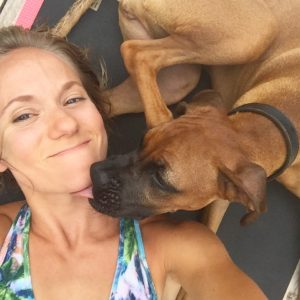
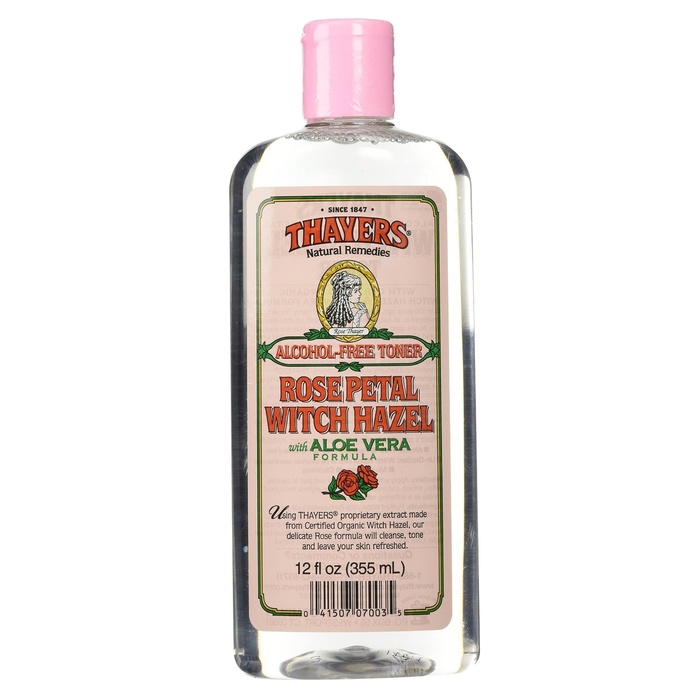
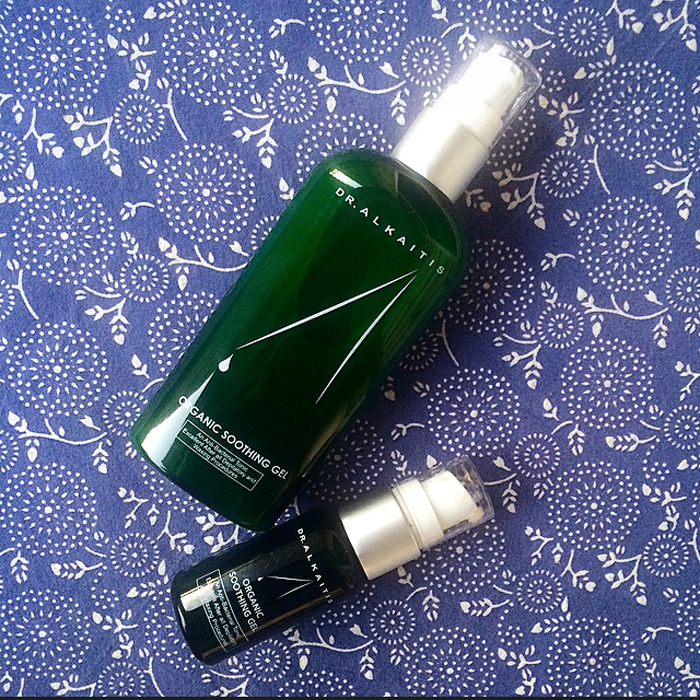
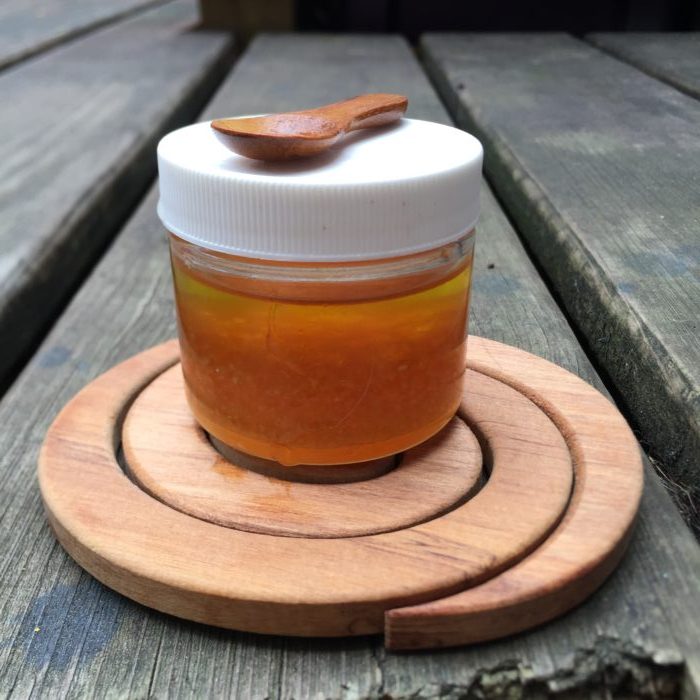
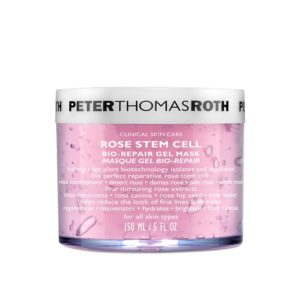
Better late than never.





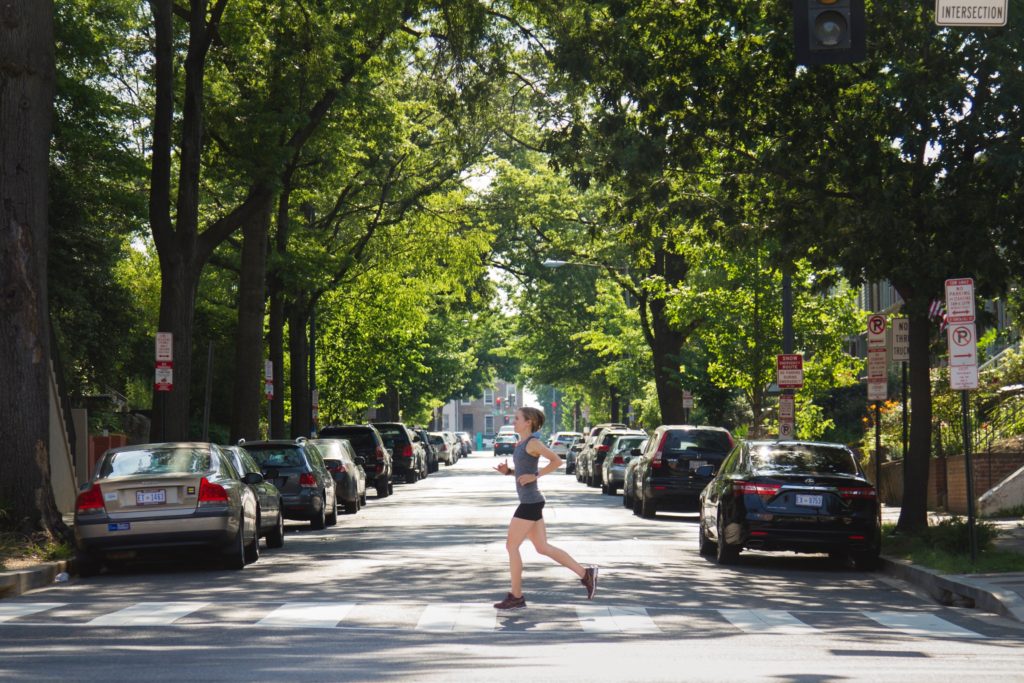
After three months of battling plantar fasciitis, I’m back in the saddle – or sneakers as it were. With the Richmond Half Marathon coming up 8 weeks from Sunday, it’s officially go time. I typically train for 12-16 weeks prior to a race. It’s almost always better to easy your way in and build up slowly. Injury is something we can’t control and sometimes you just have to,
“do what you can, with what you have, where you are” ~Teddy Roosevelt
This week marked week one of shorter runs, dedicated foam rolling, and targeted yoga practices. Sunday will be my first long run in months – fingers crossed! I’ll be running through the residual inflammation in my plantar fascia and will provide tips I learn for managing the pain while still rocking the program below.
What’s been working for me thus far? Rolling my arch and outer heel with a lacrosse ball every morning and evening, icing using a frozen water bottle after every run, and keeping the rest of my body loose, limber and rolled out. A diet low in inflammatory foods (sugar, gluten, red meat, etc) is part of the game plan as well. You are what you eat!
Do you have any tricks that have helped you train through injury?
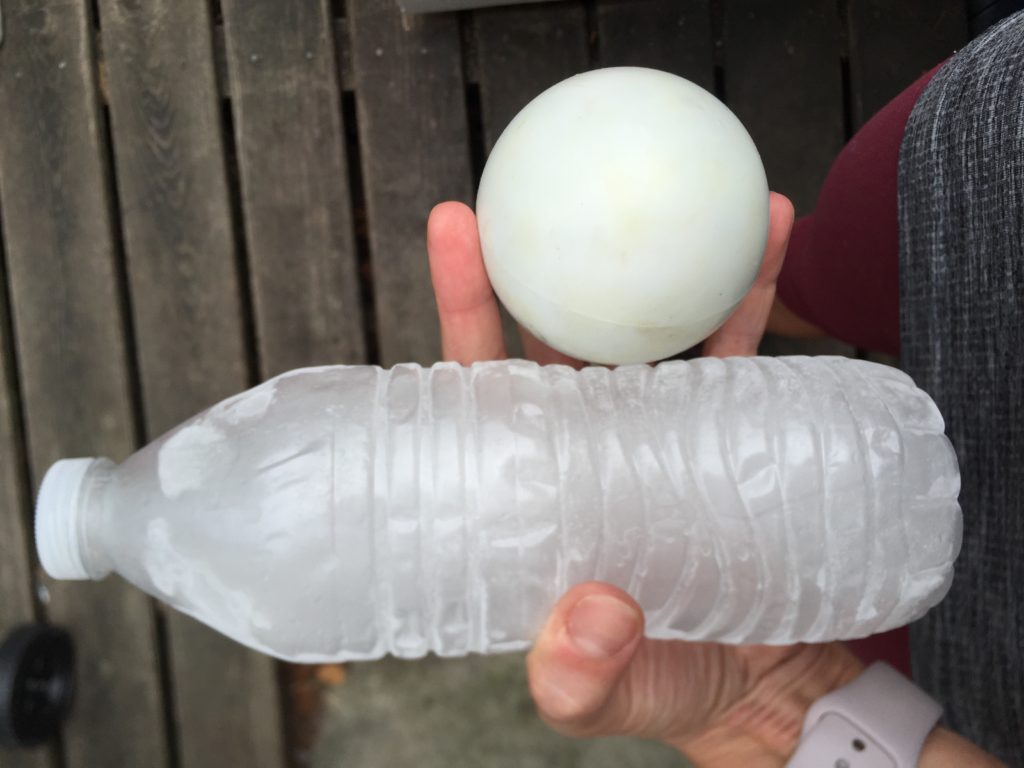
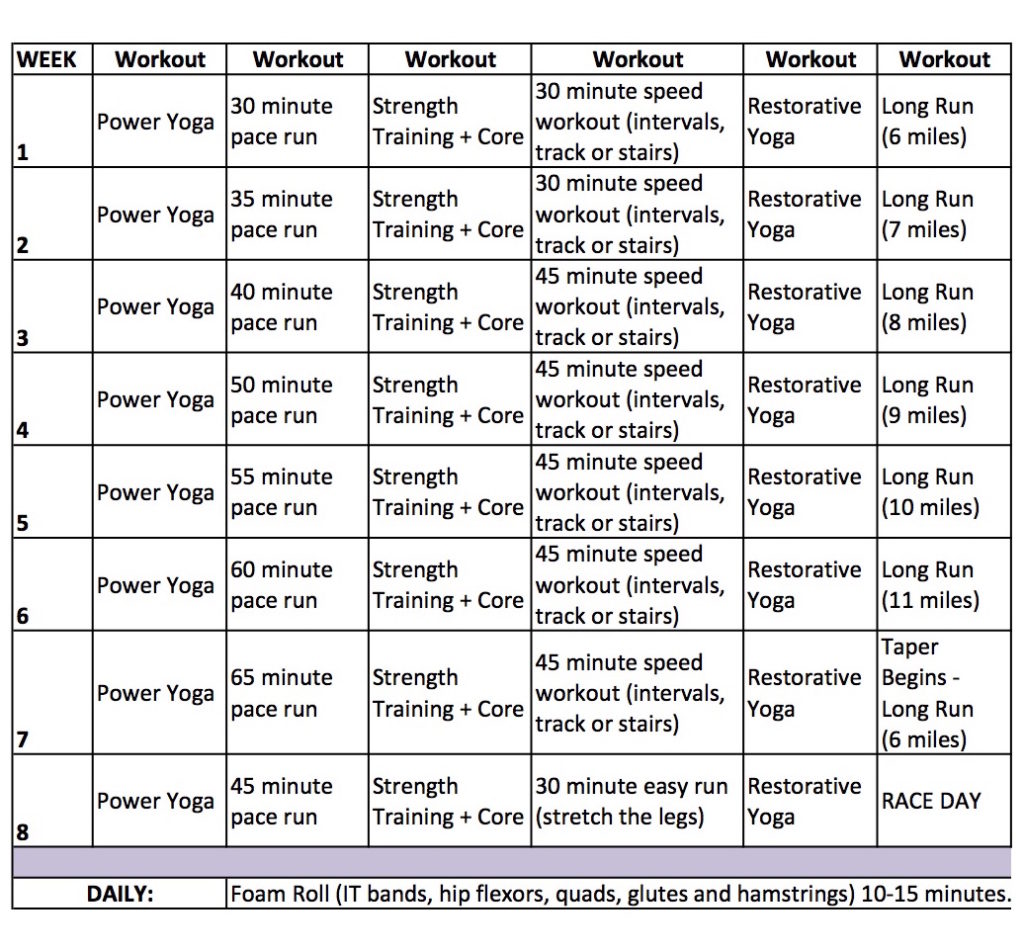
Brought to you by Nursing@Simmons FNP Programs
With my hands planted at the top of my yoga mat, a genuine 90-degree angle at my wrist and elbow, I marveled at how normal I felt this morning balancing in Crow Pose. This normalcy evoked a deep sense of gratitude that I could not only make this shape but that I could hold it without grit or strain. I hovered there thinking, wow, the body is an amazing machine and one that can heal in the most remarkable ways.
One year ago today, I was struck by a car while riding my bike. What followed—the surgery, physical therapy, baby steps back into my active lifestyle, and eventually greater challenges to my rebuild strength (like a very humbling Rocket Yoga teacher training)—was tough stuff but helped me learn tools I now use on a regular basis to heal other areas of my life beyond just the physical.
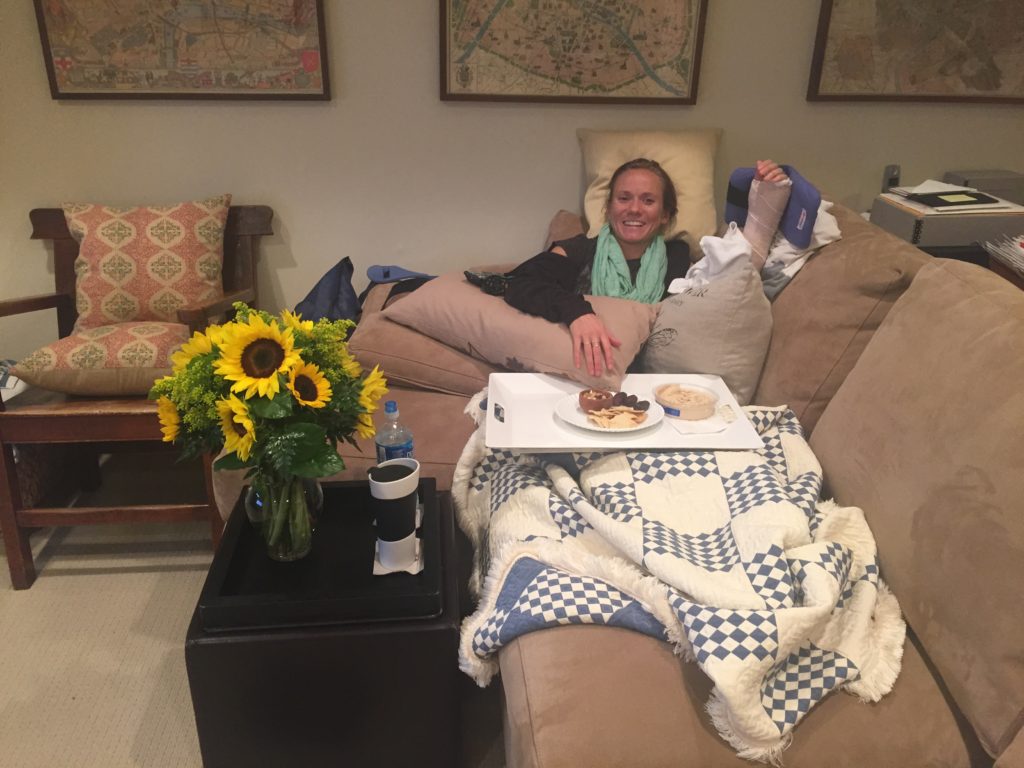
Life has this funny way of throwing a whole lot of challenge your way all at once, doesn’t it? We’ve all been there. What’s so wonderful about these low points is that when we crumble we’re left with all these pieces of different size, weight and shape and we have to consciously figure out how we want to put them back together. We get this rare chance to build ourselves up better than before.
As Nikki Giovanni recently said on one of my favorite NPR podcasts, On Being with Krista Tippett, “ sometimes you must take the ingredients you’re given and make the best thing you can make.”
It wasn’t all roses. So many times over the last year I’ve felt angry, scared and frustrated at physical limitations and emotional land mines stemming from the accident and personal trials during the initial recovery period. When I learned to accept those emotions as part of the basket of ingredients I was given, the whole process got a whole lot easier. Let go, or be taken. Feeling broken and broken down brought me to this place where for the first time in my life it felt okay to lose control. Like I was allowed to be a bit of a hot mess for a while. To cry when I felt pain or hurt. To let others help me even when I wanted to do it all myself. To let little chores and tasks slide that would’ve normally irked me until they were complete. It was freeing.
It made things so simple. I knew that all I could do was tend to the ingredients I was given. I could not control the outcome of surgery. I could not make myself heal. I could not will my way to any ideal recovery. I could, however, take care of myself during the process, body and mind, and make for the best.

This is tough for a goal-oriented person, as so many of us are. When we can relax our attachment to results, we open to the process and it becomes far less scary. Fear is a powerful thing so sometimes it helps to be forced to face your fears. For me that meant, getting back on my bike the day I was cleared; allowing myself to have a full-on, ugly cry break-down on a dirt road in upstate New York when skidding on a downhill pass brought me right back to that moment of impact; and acknowledging that my physical strength was not the only strength I possessed. What I lost in physical strength, I gained in inner fortitude.

Today, I will take my bike, Bruiser, on a joy ride to celebrate our journey together this past year. There has been so much change, so much challenge but all my sassy little bike and I can do is keep rolling and tending to the ingredients we’re given to make our world a safer, kinder, more compassionate place for ourselves and for others to live and love.
Reviews.com recently conducted over 50 hours of research atop dozens of different yoga mats to determine the best buy for traction, cushioning, budget, environmental conscious and more.
Having spent thousands of hours atop my yoga mats over the years, I can attest that my top two line up with their #3 and #1 respectively. I’m a Jade girl, through and through, but love the Manduka PROlite as well – so much so that we carry it at my studio, Yoga Heights. Why do I prefer my Jade though? First, the Jade Harmony Professional Mat offers excellent traction and support and it only gets better with time. The best part about this mat however is that it’s made from all-natural rubber, making it environmentally friendly. As a bonus, JadeYoga also plants a tree for every mat that’s purchased – so far that’s a whopping 1,099,000 trees! I love that this mat got Reviews.com’s “Best Eco-Friendly Yoga Mat.”
Check out the full article to learn about their top picks and discover the best mat for your needs.
There is an ancient Buddhist value which espouses that the most beautiful things bloom from the muddiest of waters.
“Like a lotus flower that grows out of the mud and blossoms above the muddy water surface, we can rise above our defilements and sufferings of life.” {here is an associated meditation you can try}
Sometimes it takes a while to believe that and you often have to go through heartbreak, illness, or some kind of soul-shaking duress to realize it’s true. For me, the process of getting unstuck from that mucky bottom to the freedom of a sun-kissed surface goes a little something like this…
You lift one foot and it feels as heavy as a Clydesdale. You set it down only to feel it sink into the mud. You’re stuck, like your feet are frozen in a ice tray. You muster all your strength to free it from the tundra only to find that familiar weight again. And so it goes. A slow, slog through muddy waters until you get close enough to the shore that the ground beneath your feet is more compact, less exhausting and more forgiving. Pretty soon the water clears and you’re hitting your stride. One foot in front of the other. You’ll likely be tired, in need of some time to make the conscious and challenging choice to shake it off, but you’re reassured of your strength and perseverance all the same. After all, you didn’t sink; you didn’t drown; you made it. It’s not easy. In fact your journey, whatever adversity it stems from, kind of stings. You will survive. Yes you will be changed from it, but you will be okay because really you always were.
Step 1: Stay busy. Schedule yourself silly. I don’t always recommend this given how little down time most of us allow ourselves but when you’re going through muddy waters you’ve got to create accountability that keeps you going. This should work great for all my fellow type-A, DC go-getters out there. Do. Many. Things. Distraction can be such a blessing in the initial fallout from getting rocked.
Step 1B: Move your body. Part of staying busy is IMHO not only doing but moving. What better time to take a yoga class that’s so challenging it takes you out of your head, or use a run or bike ride as a means to explore a different part of town? With spring fast approaching, outdoor activities are all the more appealing and the added bonus of doing anything on a sunny day is the boost of vitamin D (and mood lifting hormones) you’ll get. Just be sure to wear your sunscreen!
Step 2: Stay connected. Though it can be tempting to check out or turn in, don’t. The more you shut yourself off to the world the harder it becomes to open up again. Make dates to see girlfriends, join a running group, see if you can be helpful to a friend who needs a babysitter, volunteer, foster a dog then take that puppy to a local dog park, visit friends in other cities, go home to see family – the list goes on and on. As my 21-year-old self decided to get tattooed in grand scale across my back years ago, Nit Nitay Garabam, or, “a person is a person’s remedy.” Your friends, family and community will be there for you. Be kind enough to lean on them. [P.S. I still love this tattoo. Thanks Mom and Dad for giving me the coolest 21st birthday present a gal could ask for! And thanks Yasmeen for helping me get the Wolof script Arabic right! ]
Step 3: Create something. Anything. Whether it be doodling in an adult coloring book, journaling, trying to figure out the choreography to Beyoncé’s “Formation” in your bedroom late at night (who would do such a thing…), or any number of other creative outlets, find something that is a form of expression and go express yourself. It’s incredibly cathartic. Try it.
Step 4: Get outside yourself. Give back to your local and/or at-large community. Find a cause that speaks to you and get involved. When you pour yourself into something entirely not for or about you, it gives great perspective on everything that you still have in your life to be grateful for. Need some ideas? Try Volunteer Match or Idealist as a place to get you started.
Step 5: Turn inside. No, this is not me encouraging you to indulge in self-analysis. We all pour over the details of injury, illness, heartache, loss, abuse, and other muddy topics just fine on our own. The kind of internal discovery I’m suggesting is of the more mindful variety: meditation. Meditation helps us walk through our inner landscape and make peace with all the scary monsters and gentle giants that lie within. As one of my favorite yoga teachers once recounted, mindfulness meditation helps us make the neighborhood of our minds a friendlier place. There are countless approaches to meditation, but I recommend starting with loving kindness meditation. Also known as Metta Meditation, the practice of loving kindness is a pathway to forgiveness and moving on. It can be challenging, but with time it helps to evoke an overall sense of warm-heartedness and compassion which can be lost in times of struggle. Mindfulness meditation is another great way to go. Rather than letting yourself become distracted by nagging thoughts and self-judgement, it encourages us to acknowledge whatever it is that’s paining us, feel it, and breath beneath it to the seed of calm that always exists at the core of our being. It may sound far fetched, but at this point it’s scientifically proven.
This “guide to getting unstuck” isn’t something to follow to a T. You don’t have to do all of these things, follow this pathway in order, or do anything that doesn’t feel right or helpful to you. These are merely suggestions. Sometimes all we need is an approachable yet actionable idea to get us up and moving again. I know that all of these steps have at one point or another helped me get back on solid ground again in the aftermath of life’s curveballs. I hope they help you as well.
When you’re stuck, all you need to do is the next right thing. And then the next right thing. And then the next…and so on, until eventually you feel safe and strong in your own skin again. It’s a continuum and it’s hard to say exactly when those small steps amount to an overall shift where you feel whole again. Therein lies the beauty of our struggles. Every moment we have a choice. We can choose to harden or soften; to shutdown or feel; to close our heart or open to vulnerability. If we approach the hard stuff breath by breath, hour by hour, day by day it starts to feel a lot less daunting and we can pick our own path of resilience to climb out of the muck.
I just made it through week 1 of my 12-week half marathon training program and enjoyed a lovely run through Rock Creek Park in balmy 55-degree December weather. In the past I’ve gotten repeatedly injured in the lead up to running events, so I’m committed to being smart and diligent about training this time around.
What you see below is adapted from the well-known Hal Higdon Intermediate Half Marathon Training Guide. I’m a yogi thus there is a lot more stretching, foam rolling, and “self-care”-esque elements to my plan of attack. My goal: run fast, remain injury-free. There is no worse feeling than training really hard for something only to blow out a knee or tear a hamstring a couple weeks prior to race day.

This plan is intended to keep your muscles and mind healthy and happy for 12 weeks straight. Feel free to shift your week’s workouts around to accommodate your busy schedule. Make it doable otherwise you’ll start to resent and cop out on it.
We live in a busy world where everything moves fast and we often barely have time to eat, yet food is one of our most important sources of pleasure. Unfortunately, as a result of our hectic schedules when it comes to eating food we’re often distracted by something else (cell phones, computer, kids, laundry, getting ready for bed, etc). In a rush, we often chew and swallow fast and end up eating more…and more. Voilà, mindless eating!
According to the CDC more than 34% of all us adults are obese and half as many children are as well (17%).
This is certainly not all a result of mindless eating but it is certainly a contributing factor for many people. Mindless eating is a reflection in many ways of just how disconnected we are from our food.
Perhaps a bigger problem than mindless eating itself is than in doing so we’re actually rendering ourselves less productive. I know, I know. Many of us think that by multitasking our meals we’re getting more done in our days, but recent research has really debunked the theory of multitasking being genuinely productive.
In fact, only 2% of us multitask effectively.
On the flip side, mindful eating does make you more productive. Mindful eating, like all mindfulness practices, helps increase our focus and concentration. Also, by eating until we’re satisfied rather than stuffed, we’re less likely to get the lethargy and brain fog associated with over-eating.
Mindful eating is an application of the Buddhist philosophy of being in the moment, which is thought to be a huge part of the path to contentment and ultimately enlightenment – or as we say in the yoga world, “bliss.” Mindful eating is about making deliberate choices about the food you choose to nourish yourself and those you love with. It is also about slowing down and becoming aware of how we eat. A mindful eater focuses on all the sensory experiences around food: identifying tastes, observing colors, smelling aromas, and noticing textures.
Try this mindful eating exercise to kickstart more awareness and presence around the process of making and eating food. The more we learn to focus on the task at hand, whether than be eating our lunch or knocking out a work email, the more efficient and ultimately content we’ll all be.
As a health and fitness blogger, I like to show a little love to others doing awesome things in the DC wellness space. Two weeks ago, All In PR hosted its Annual Bends, Brunch and Bubbly in DC. This yoga-meets-brunch charity event, which raised money to benefit Blue Flowers Org, featured an all-star female panel, including:
When asked about finding the balance between life and work panelist Liz Hahn responded, “It’s about finding and creating a support system.” The panel honed in on the importance of women supporting each other, which as a female business owner whose business partner is also a powerful female I fully agree is essential and also uplifting!

After a relaxing morning asana practice, guests were invited to indulge in a buffet spread provided by Madhatters. The mimosas were bottomless and so was the abundance of love and communal good will.

Another word on the wonderful organization this event raised funds for,Blue Flowers Org. Blue Flowers Org empowers women and the men in their lives as they fight against prostate cancer holistically. The organization provides resources of leaders providing medical, social and emotional approach for men, their families and caregivers. Through community events, fundraising, social media and its newsletter, Blue Flowers connects men to opportunities for early diagnosis and insight from medical experts to treat the mind, body and spirit.
To see a nice recap on the event, check out this video:
Panelists
We’re going old school with this playlist. Who doesn’t like Missy Elliot, Mase, Eve and more! I know music is a main motivator for me when I workout. What are your go-t0 sweat session jams?